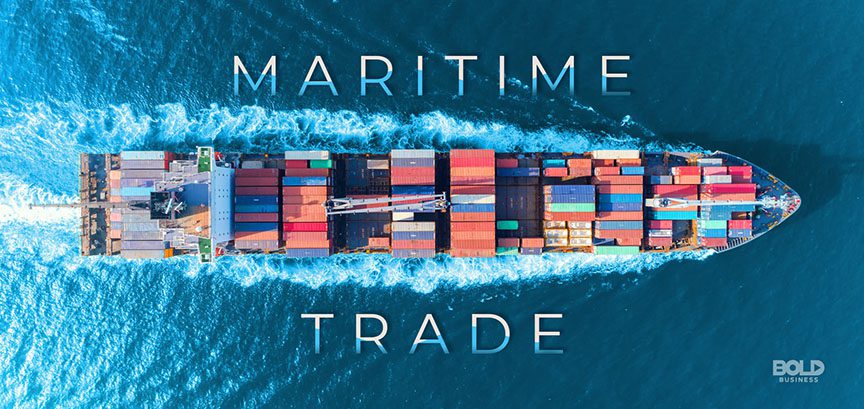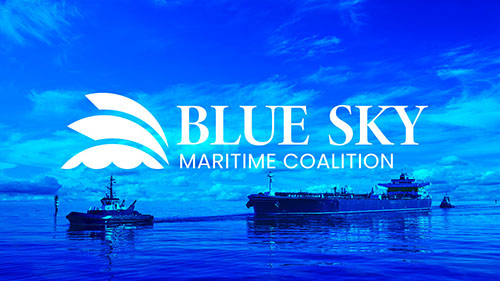1. General Overview
Pohang Port (UN/LOCODE: KRPOH) is a designated National Industrial Port under the Korea Port Authority Act, administered by the Pohang Regional Office of Oceans and Fisheries. Key characteristics:
– Annual cargo throughput: 83.7 million tons (2022 official data)
– Main cargoes: Iron ore (42%), coal (28%), steel products (19%)
– Port classification: Class 1 (Major Port)
– Operational hours: 24/7 with VTS monitoring
– Ice conditions: Ice-free year-round
2. Anchorage Specifications
| Anchorage Name | Location (Coordinates) | Area (km²) | Depth (m) | Bottom Type | Max Vessel DWT | Capacity | Primary Use | Restrictions & Safety Notes | Commercial Notes |
|---|---|---|---|---|---|---|---|---|---|
| Pohang Outer Anchorage (No.1) | 36°01’30″N 129°25’00″E (WGS84, ±50m accuracy) |
3.2 | 18-22 (CD +0.5m MHWS) |
Mud/Sand (70/30 ratio) Holding power: 3-5 t/m² |
150,000 | 10 vessels (min 500m spacing) |
– Pre-berthing waiting – Storm shelter (Category B) – Bunkering (with approval) |
– Max stay: 7 days – Prohibited during waves >3m – Daily position reports required – Anchor watch mandatory |
– Free period: 72h – Overtime fee: KRW 0.5/GT/day – Bunkering tax: 1.2% of fuel value |
| Pohang Inner Anchorage (No.2) | 36°02’15″N 129°22’30″E (WGS84, ±30m accuracy) |
1.8 | 12-15 (CD +0.3m MHWS) |
Clay with shell (Shear strength 40kPa) | 50,000 | 6 vessels (min 300m spacing) |
– Lighterage operations – Crew changes – Provisions loading – Customs clearance |
– Tug standby required (>20,000 DWT) – No anchoring in 200m channel zone – Night operations restricted |
– Free period: 24h – Overtime fee: KRW 0.8/GT/day – Lighterage license required |
| Emergency Anchorage (No.3) | 36°00’45″N 129°26’15″E (WGS84, ±100m accuracy) |
0.5 | 25-30 | Compact sand (Holding power >8 t/m²) | 300,000 | 1 vessel | – Machinery failure – Medical emergencies – Severe weather refuge |
– Immediate VTS notification required – Max stay: 12h – Standby tug compulsory – Priority for vessels in distress |
– No charges for valid emergencies – False claims: KRW 10M fine |
| Quarantine Anchorage (No.4) | 36°03’00″N 129°21’45″E | 0.3 | 10-12 | Silty clay | 30,000 | 2 vessels | – Health inspections – Crew medical cases – Sanitary control |
– Strict no-contact rule – Yellow flag must be shown – QPS procedures apply |
– Daily fee: KRW 1,200/GT – Medical waste disposal fee |
3. Hydrographic & Environmental Conditions
– Tides:
– Mean tidal range: 1.5m (neap) to 3.0m (spring)
– Highest astronomical tide: +3.2m (CD)
– Lowest astronomical tide: -0.3m (CD)
– Currents:
– Entrance: Max 1.8 knots (flood), 2.1 knots (ebb)
– Eddy currents near breakwaters
– Wave Climate:
– Significant wave height: 2.8m (outer), 1.5m (inner)
– Max recorded wave: 9.8m during Typhoon Chaba (2016)
– Visibility:
– Fog frequency: 18 days/year (Dec-Feb)
– Average visibility: 8km (summer), 4km (winter)
– Wind:
– Prevailing: NE (Nov-Mar), SW (Jun-Aug)
– Gale frequency: 12 days/year (≥Beaufort 8)
4. Navigation & Operational Requirements
– Pilotage:
– Compulsory for: >500 GT or LOA >50m
– Boarding position: 36°00’N 129°27’E
– Advance notice: 24h (48h for VLCCs)
– Tug Requirements:
– >50,000 DWT: 2 tugs
– >100,000 DWT: 3 tugs (1 escort)
– VTS System:
– Coverage: 25nm radius
– Channels: 12 (primary), 16 (distress)
– Reporting points: 5 mandatory positions
– Prohibited Areas:
– Military zones (3nm radius from 36°03’N 129°23’E)
– Aquaculture areas (1-2nm NE of port)
– Dredged spoil grounds (marked on charts)
5. Regulatory Compliance
– International:
– SOLAS Chapter V/18 (AIS requirements)
– MARPOL Annex V (waste management)
– ISPS Code compliance (Security Level 1)
– National:
– Korean Maritime Safety Act (Article 24)
– Port Regulations Act (2021 Amendment)
– Anchorage Management Rules (MOF Notice 2022-45)
– Local:
– Pohang Port Bylaws (2023 Edition)
– Anchorage Fee Structure (Pohang Notice 2023-7)
6. Technical References & Charts
– Official Charts:
– KHOA Electronic Chart: KR4111 (1:15,000)
– Paper Chart: KR 411 (1:25,000)
– UKHO Admiralty Chart: 3481
– Publications:
– Korean Tide Tables (2023)
– Sailing Directions (Vol.2, 2022 Ed.)
– IMO Port Information Guide
– Survey Data:
– KHOA Hydrographic Survey 2022-07
– Port Sediment Analysis Report 2021
7. Safety & Emergency Procedures
– Anchoring Best Practices:
1. Deploy port anchor first (2 shackles minimum)
2. Maintain 60% engine readiness in outer anchorage
3. Continuous radar monitoring required
– Emergency Contacts:
– Pohang VTS: VHF Ch 12/16
– Korea Coast Guard: +82-54-279-0112
– Port Control: +82-54-270-8114 (official number)
– Pollution Control:
– OWS use prohibited within 12nm
– Mandatory garbage logbook
– Oil spill response team on standby
8. Important Notes for Mariners
1. Always verify coordinates with latest ENC updates
2. Anchorage availability subject to prior booking via agent
3. Maintain updated copies of:
– Port regulations
– Current Notice to Mariners
– Tide tables
4. Non-compliance may result in:
– Fines up to KRW 50 million
– Vessel detention
– Legal prosecution under Korean law





